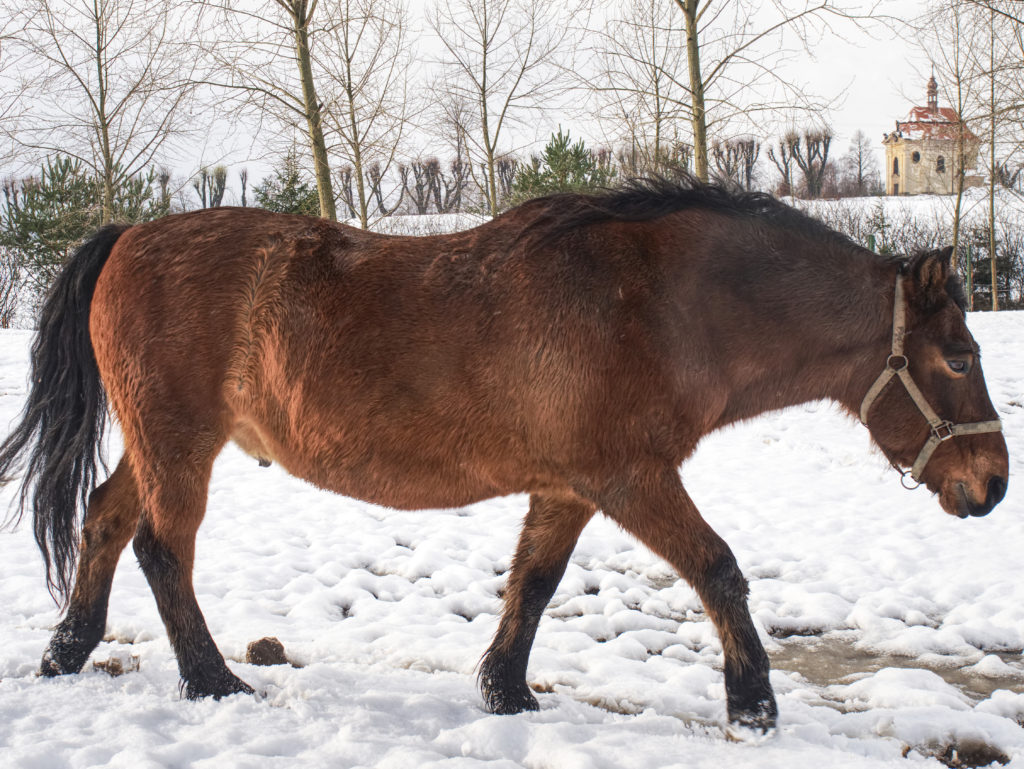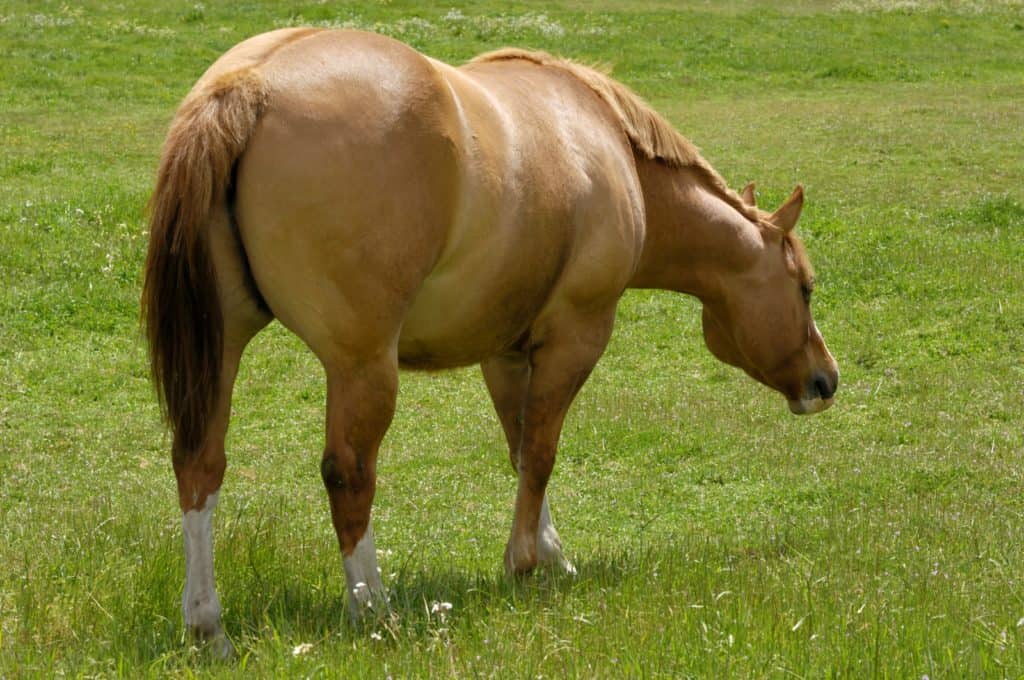
Horse Treats: Handle With Care
While we might enjoy sneaking our horses peppermints and other sweet treats, we need to understand how it can reinforce good or bad behavior and how it fits into your horse’s dietary scheme.

While we might enjoy sneaking our horses peppermints and other sweet treats, we need to understand how it can reinforce good or bad behavior and how it fits into your horse’s dietary scheme.

Horses with conditions such as muscle or metabolic disease might have special hay needs to stay healthy.

Find out how to keep your middle-aged horse’s teeth, feet, joints, and more healthy.

Two leading researchers explain insulin’s effects on the body and how to manage the insulin-resistant horse.

Over time, horse feeds manufactured to meet equine energy and nutrient needs have evolved from mixes of whole grains to textured, pelleted, and extruded types. But does that change how feeds affect horses?

Laminitis is one of the most common diseases in horses, and it has many different causes. Find answers to listener questions on endocrine-related laminitis in horses with conditions such as PPID, equine metabolic syndrome, and insulin resistance. Sponsored by InsulinWise.

Researchers aren’t sure why insulin dysregulation causes laminitis, but they do have some clues. Dr. Teresa Burns explains.

Dr. Teresa Burns describes what laminitis is and its relationship to endocrine diseases such as insulin resistance, equine metabolic syndrome, and PPID.

Managing horses with PPID is an ongoing commitment and requires careful veterinary observation. By monitoring both clinical signs and endocrine values, many affected horses can return to athletic function and/or maintain a good quality of life.

Diagnosing EMS and taking steps to manage it can allow your horse to live a healthy and productive life.

Dr. Liz Arbittier encourages owners and caretakers of senior horses to call their vet if they notice any changes in health or behavior, even when it seems minor, to identify issues and begin treatment early. Here’s what to watch for.

Researchers found that endocrine-disrupting chemical accumulation in blood could explain some environmental variance seen in EMS horses, but the precise role they play in EMS development isn’t yet clear.

Horses consuming a particular supplement had higher high-molecular-weight adiponectin blood concentrations and lower insulin concentrations than when they didn’t consume it. And this, researchers say, could help reduce laminitis risk. Here’s why.

The older equine population is at greater risk of developing debilitating endocrine disorders such as insulin dysregulation and equine metabolic syndrome, all of which are best identified and treated as early as possible.

Researchers found that both basal and post-oral-sugar-test insulin responses vary across seasons in horses with insulin dysregulation.

Is it safe to breed a mare who has equine metabolic syndrome and a history of laminitis? Reproduction expert Dr. Ryan Ferris offers insight.
Stay on top of the most recent Horse Health news with
"*" indicates required fields